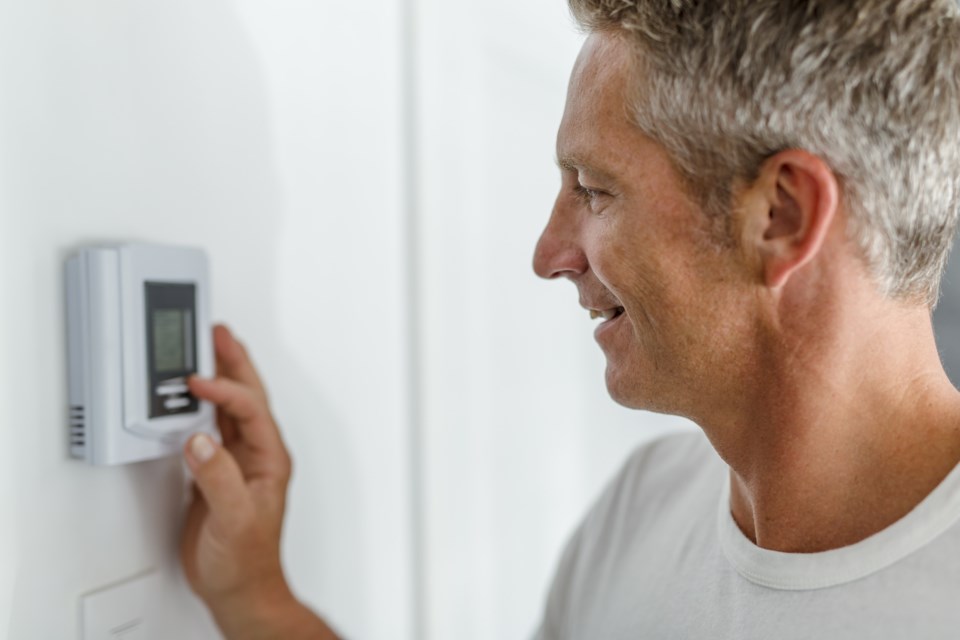EDITOR'S NOTE: OrilliaMatters is partnering with Sustainable Orillia to publish a weekly tip. Check back here every Tuesday evening for a new tip. For more information, visit the Sustainable Orillia website.
Let’s take a walk around our homes, room by room, with an eye to making some small changes that will make our homes more eco-friendly.
It doesn’t matter if we live in a big or small house, an apartment, or a condo, as most of these tips will be relevant regardless of our living circumstances.
The goal is to save energy and reduce waste and greenhouse gas emissions while improving the overall quality of our interior worlds. There is lots of information available on how to make your home more carbon neutral, but many of those projects entail larger investments of time and money.
So we’re starting small today with some practical, DIY-type initiatives. The good news is that just a few small tweaks can make a difference—a positive difference.
Here are some thoughts as we stroll from room to room:
In the Entranceway – The number one tip here is to ensure that the weather stripping around any outside door is sealed and doesn’t permit any drafts between the outside air and inside when closed.
In the Living Room – Green plants help remove carbon from the air. Whenever possible, use outside air to cool your home in summer: close drapes in the heat of the day to keep sunlight and heat out; open them in the evening to let cooler air in. During the colder months, just keeping the thermostat a degree or so lower while wearing a sweater will save energy.
A rug on the floor has the potential to save between 4% and 6% of the energy required to heat the room. And if you’re not watching your television, how about unplugging it to save more electricity?
In the Dining Room – if natural lighting isn’t practical, we advocate LED lighting in every room; softer LED lighting is ideal for the dining room. Re-usable serviettes and cutlery go a long way to reducing waste headed straight to the land fill.
In the Bedrooms – lower temperatures not only save energy, they usually encourage a better sleep. This is especially so if you are tucked in between natural fibre sheets, such as organic cotton or sustainable bamboo, or sleeping under a pure wool blanket – these are among the most eco-friendly fibres available.
In the Bathroom – A low flush toilet will save water, as will turning off the tap while shaving and brushing your teeth. Showers are more eco-friendly than baths, and a spider plant in the bathroom will go far in helping to purify the air. 2-ply toilet tissue versus 3-ply is the greener option.
In the Kitchen – one of the most obvious green options is to compost. Ensure that you have a receptacle handy for all of your kitchen waste to go out in the green bin every week—or better yet, into your own compost pile in the backyard. Minimize how often you open an active oven or fridge door to avoid significant energy loss. Speaking of ovens, a microwave uses about 50% less energy than a conventional oven and is a great alternative whenever practical. Vinegar is a natural way to clean and kill bacteria and germs around the kitchen.
These are just a sampling of some small steps any of us can take, so whether you have more rooms or fewer than mentioned here, we hope you have found some of these thoughts helpful in making your home, room by room, a greener environment.
